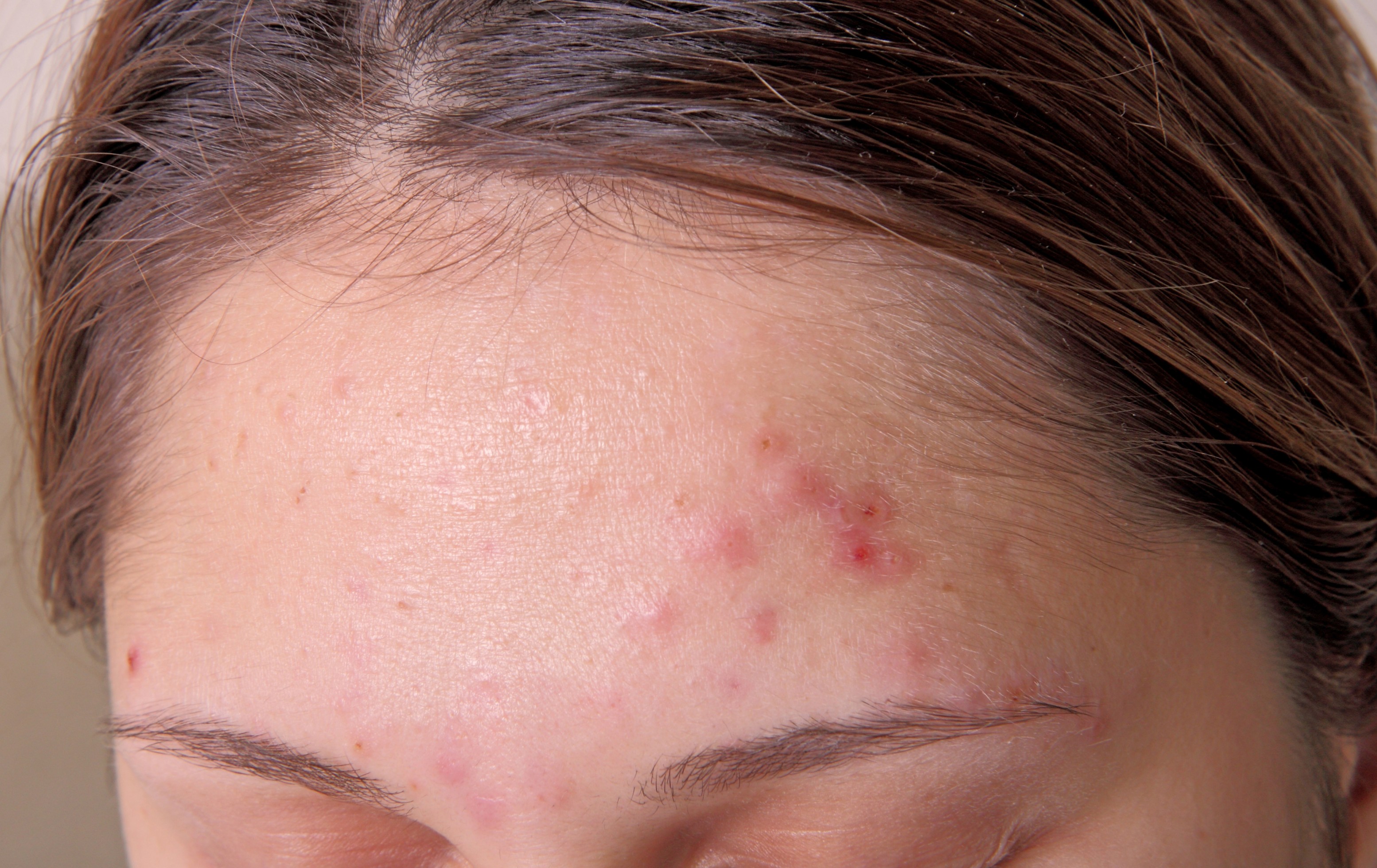Psoriatic arthritis is one of the unwanted complications that sometimes accompany the skin condition known as psoriasis.
Psoriasis is a chronic skin condition that is spurred on by the over-activity of our immune system (1) and is known for forming scales of flaky dead skin and causing its build up on the skin’s surface.
But psoriatic arthritis is a serious condition on its own and requires more light to be shed on it, and on the numerous ways to relieve the pain it causes. This is when the joints in the body start to show symptoms of inflammation (2).
It is common for people to display no outer signs of psoriasis but suffer from psoriatic arthritis. This makes it tougher for normal people to identify the actual problem. But if already exhibiting signs of psoriasis on the skin, it is highly likely that the person may later be diagnosed with arthritis as well.
Looking for the symptoms of psoriatic arthritis is simple enough, since the joint pain, swelling, and stiffness of joints that appear with arthritis apply equally to psoriatic arthritis (3).
And it doesn’t discriminate on which joints it chooses to attack since all possible joints in the body are susceptible to this form of arthritis, especially knees, fingers, and spin.
How is Psoriasis arthritis diagnosed?
Psoriasis arthritis is a condition that mimics the symptoms of normal arthritis, so there are stages of diagnosis that most doctors follow to get a right understanding of the condition.
Diagnosis of psoriatic arthritis begins with a thorough examination of the joints in pain, for any signs of inflammation and swelling. Any tenderness in that area or around the heels of the feet is a further hint (4). Since this condition can also affect the nails, doctors may closely examine nails and nail beds to see if there are skin flaking or irregularities.
Usually, the second possible stage for accurate diagnosis may include forms of imaging, which include options like x-rays as well as MRI scanning (magnetic resonance imaging) or even radiology (5).
These help in identifying any changes that may have occurred, especially MRI, which even shows soft tissue which could show excessive tenderness, either in ligaments or tendons. All these help in illuminating whether this is because of psoriatic arthritis.
Finally, for complex cases of psoriatic arthritis, physicians tend to rely on laboratory tests like the Rheumatoid Factor (RF) and Joint Fluid Tests to determine if the condition is indeed, psoriatic arthritis.
RF, for instance, is a type of antibody that only exists in cases of rheumatoid arthritis but not in psoriatic arthritis. This alone can help in a correct diagnosis. On the other hand, joint fluid tests help rule out gout.
Are Psoriasis and Rheumatoid arthritis related?
As mentioned earlier, the main distinguishing factor between psoriatic arthritis and Rheumatoid arthritis is the RF factor, which only exists in the joints if the disease is the latter.
Apart from this though, they share the similarity of both being types of autoimmune diseases, meaning that there are increased chances of it being a hereditary problem.
Is Psoriatic Arthritis curable?
Unfortunately, as is the case with psoriasis, even psoriatic arthritis has no permanent cure that exists as of now (6). So most doctors aim to address the issue with methods to control its effects as much as possible. This often means reducing the pain that it causes in the joints and reducing inflammation.
However, to help those who suffer from psoriatic arthritis, which is known for its disabling effects at times, there are a number of natural remedies and treatment options that people can opt for. Some famous examples of these include (7):
– Omega-3 fatty acids: consuming natural products with this component, such as fish oil capsules, is known to help with psoriatic arthritis, mainly because of their anti-inflammatory properties.
– Turmeric: making this a dietary supplementary is said to greatly ease the torture of psoriatic arthritis since it too, possesses anti-inflammatory properties and is in general healthy option to consume.
– Tea tree oil: similarly possessing anti-inflammatory, this trending product is something people seem to be turning to for easing their pain without fear of causing any damage to the skin.
Although the benefit of natural remedies is their apparently low-risk characteristic, they are equally slow in healing and may not always show the desired result. However, this is where medical treatments may show progress.
NSAIDs and DMARDs are the go-to terms for doctors when dealing with patients who have severe cases of psoriatic arthritis. Nonsteroidal anti-inflammatory drugs (NSAID) are usually over-the-counter topical drugs that contain anti-inflammatory properties (8).
However, their stronger versions available only through prescription have a lengthy list of dire side effects, which may include stomach irritation at the least, and liver and kidney damage at the worst. So it is mandatory to track the use with the help of a physician.
Disease-modifying antirheumatic drugs (DMARDs) go one step beyond in handling this condition, by being able to slow the progression of psoriatic arthritis as a whole. It can also further save joints from damage but it comes at a high cost. This is because it also has an equally scary list of side effects.
And lastly, for the most serious of cases, doctors have no choice sometimes but to opt for joint replacement surgery, especially if the damage done is irreversible.
Does Psoriatic Arthritis go into remission?
Following in the footsteps of psoriasis, psoriatic arthritis is also a long-lasting condition that tends to wane and come back during different periods of time in a lifetime. But achieving remission with psoriatic arthritis is possible, and can even be influenced by us.
But this is majorly based on working closely with an expert, like a physician. With the help of the medication that is constantly provided, the patient and doctor can closely monitor the progress of the healing and keep a so-called “target-to-target” approach in achieving remission (9). This is generally the case for psoriatic arthritis.
Struggling with a Skin or Hair issue? Download the CureSkin App now by clicking here to get the best treatment. It’s easy, fast and affordable!


